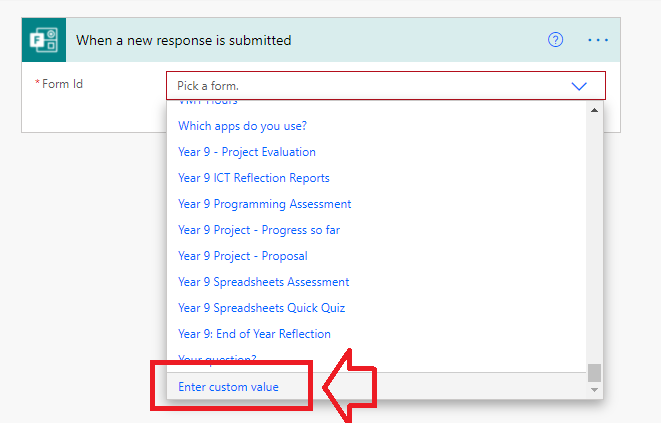
I recently read with interest the plan for the Scottish government to issue “devices for 700,000 children”. My first reaction was a positive one in the potential impact this could have on learning for the children concerned. Taken as a simple headline, issuing a device to every pupil in Scotland seems like a good thing. I suppose that’s part of the reason it works as a headline as it conveys a simple positive message, although as with most headlines it fails to encapsulate the complexity. But then I started think a little more deeply and this raised concerns.
Infrastructure (in schools)
The article mentioned they would be “considering how to deliver consistent digital infrastructure” across schools. This was my first concern. Students might all have devices, but they wouldn’t necessarily have access to reliable infrastructure in schools to allow them to access online resources and services. They also wouldn’t have access to allow them to keep the devices up to date with operating systems and other updates. The article mentioned “an internet connection” where required, however without an internet connection I would see devices as limited and potentially a security risk. So limited use in the short term, and a sustainability issue in medium term.
Infrastructure (at home)
Even if school infrastructure is eventually supplied, devices will spend a significant amount of time at home and therefore ideally we would want students to be able to access resources and services while there. This would also be critical in any situation where online learning is required, such as snow days or pandemics. The challenge here is that not all students are likely to have internet access at home. Provision of internet at home didnt appear to be mentioned
IT Support
700,000 additional devices in Scottish schools; This makes me wonder what additional resourcing will be put in place within IT teams to support all of these devices and the increased usage which school infrastructure and technology solutions will see should this project be successful. It is also worth noting, as with the beginning of any new academic year, the introductory period will be the busiest, so if this project is to be successful there will likely be a massive need for IT support immediately following any rollout.
Pedagogy and confidence
Probably one of my biggest concerns is that this project feels like it may focus too much on devices and not enough on the support and training in relation to how devices and the apps they allow access to might be successfully used in teaching and learning. We have already seen examples of a focus on devices without the training and support, and the resultant lack of impact when compared with cost; The Interactive whiteboard is but one example.
Sustainability
There is also the issue of sustainability and the long term. I experienced this years ago with the laptops for teachers scheme. It is great for the government to fund or supply devices now, however will they commit to continuing the funding or supply of devices in the future, when the devices become worn or obsolete. Assuming they will likely look at tablet or laptop devices, I would suggest this will be in around 3 or 4 years of use before needing replacement, although it might be possible to push this out to 5 years. After this additional funding will then be required to mount a renewal/replacement scheme.
A single solution
I am also concerned that this centrally driven approach will likely result in all schools getting the same device, albeit with some variation based on the ages of students catered to within the school. This fails to take into account the local context of individual schools, staff interest, experience and skills, students viewpoints and preferences, parents, etc. I increasingly believe the wider you try to deploy a singular solution the more likely it will be unsuccessful due to increasing variance in the context and people, students, staff and parents, involved. I think looking for solutions at a local level is more likely to work over trying to apply a single consistent solution.
Conclusion
It is important to acknowledge this is a good attempt at enabling technology in schools. It needs to be lauded as such as at least there is clear evidence of an attempt being made by the Scottish government. The same cant be said for other countries or regions. My concern is it seems to fall into the common trap of focussing on devices without considering the other factors which are needed for a successful educational technology project. That said, I very much hope I am wrong.








